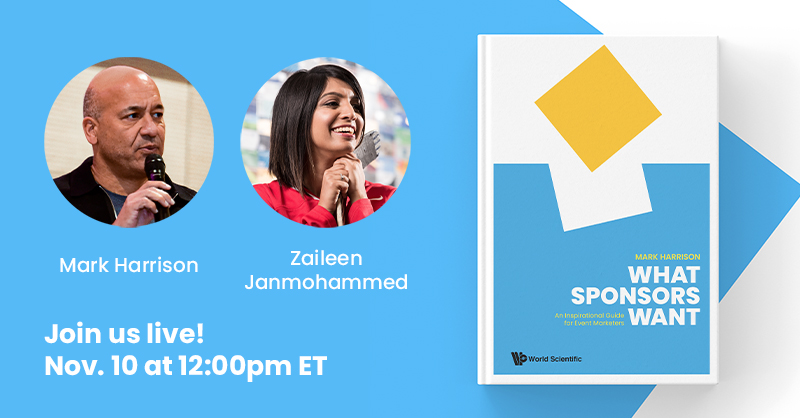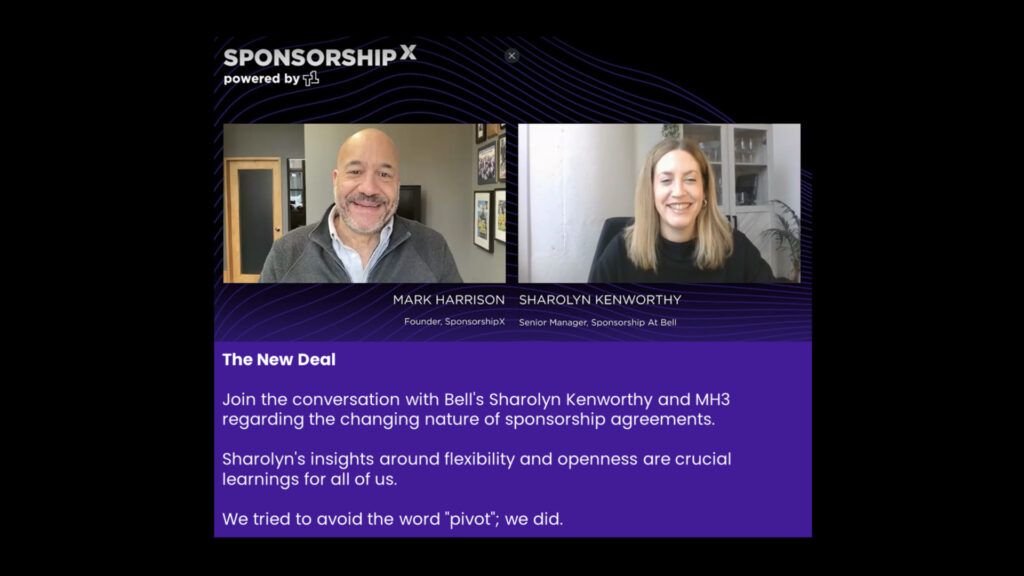I published my first solo book, What Sponsors Want, two years ago.

The book combined everything I had learned from others at the time. Whether attending conferences, working with clients, studying research, or learning from my industry colleagues. I refined the content through countless presentations by the same name and utilized the approach I created in many client strategy projects.
However, as with many things over the past few years, I tweaked the approach as the pandemic radically redefined many organizations’ sponsorship or partnership approaches. So we can use those words interchangeably if you like.

This past week I was asked to do a keynote on What Sponsors Want, and I must admit, it has almost been a year since I presented it. This gulf in time is extraordinary, given the plethora of public speaking I have done in the past twelve to eighteen months. So as I approached the material, I needed to decide whether I would be presenting the updated version, an even newer version, or would I revert to the fundamentals of my book.
I like the framework I created because it allows continuous interpretation and enhancement. The framework feels solid to me; how do you think after I share it with you? As I critiqued my work and pondered this presentation, I asked myself if I was answering the why sufficiently?
The What Sponsors Want framework has five core principles created from what a brand leader needs from any property, partnership, or asset. Our clients utilize this thinking when developing an internal strategy or creating a pitch. In addition, they are broad enough to ensure all aspects of the partnership equation are inclusive and sufficiently inspiring to encourage the practitioner to dig deep.
Here are my beliefs as to What Sponsors Want:
- To Borrow Equity – the more integral a property is to society, the more valuable it is to a sponsor.
- To Tell Stories – brands need to be the hero of their stories to connect with their audiences and create fandom.
- To Engage Stakeholders – lasting and deep interactions with key communities can accelerate the growth of any company.
- To See Proof – the counting of metrics is not nearly as important as the understanding of outcomes.
- To Get Promoted – the job of any seller is to help the buyer do her job better.
I have long believed that sponsorship marketing is a people business, including the participants in our programs and the people behind them. Over the next couple of weeks, as I work on this new version of a What Sponsors Want presentation, I will tell you if that belief has changed.
Mark Harrison is CBC Metro Morning’s weekly business columnist – https://www.cbc.ca/listen/live-radio/1-39-metro-morning/clip/15967914-business-commentator-mark-harrison-signs-progress-black-history, the author of What Sponsors Want (https://www.markharrison3.com/publications/), and co-author of Sports Sponsorship Strategies (https://www.routledge.com/Sport-Sponsorship-Insights/OReilly-Abeza-Harrison/p/book/9780367723958).
